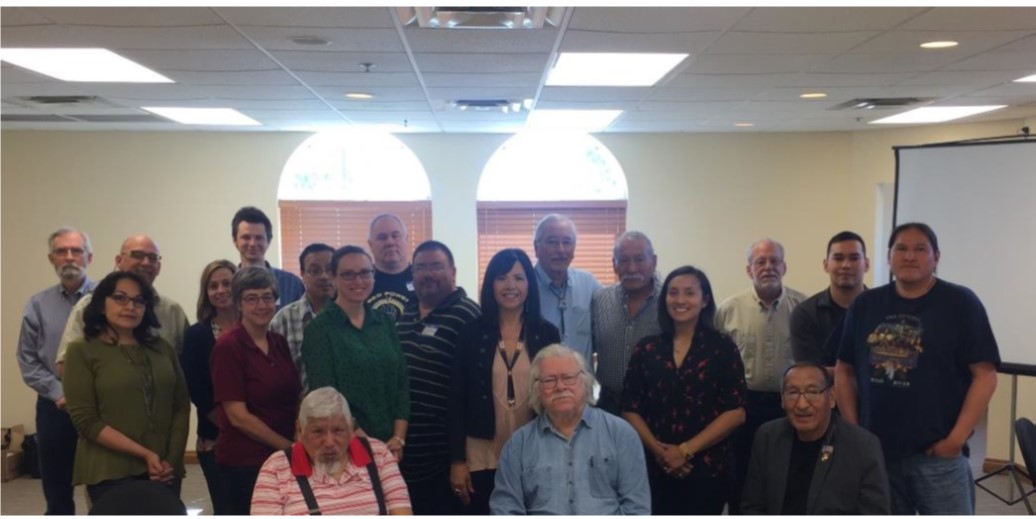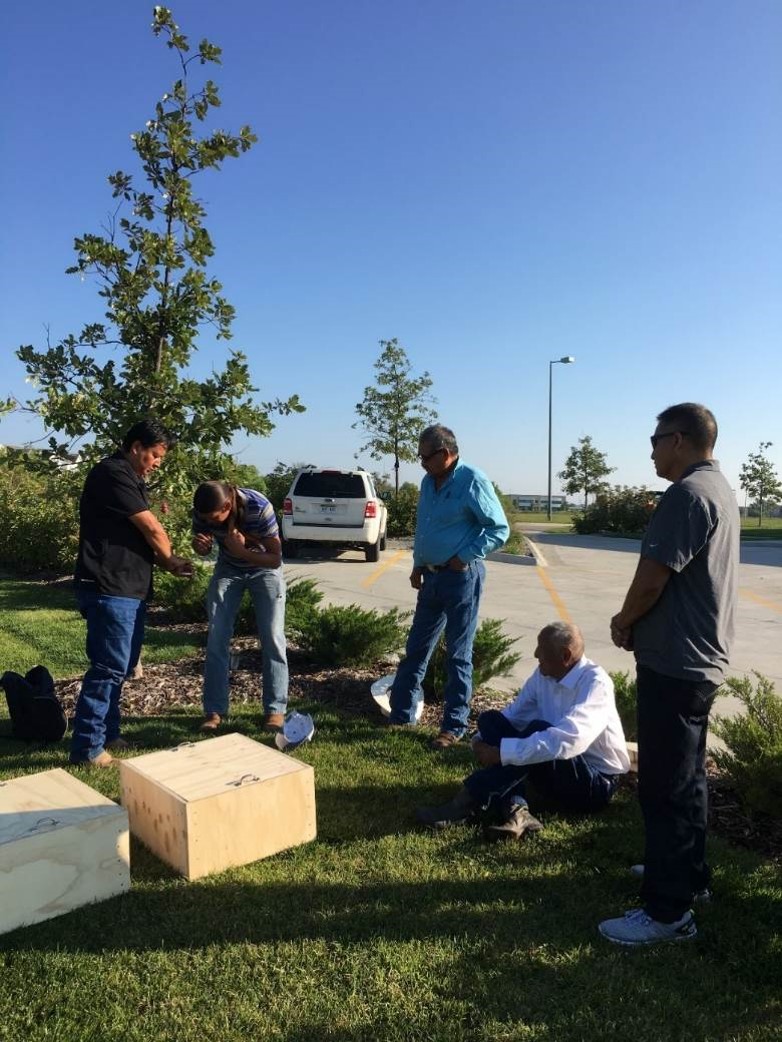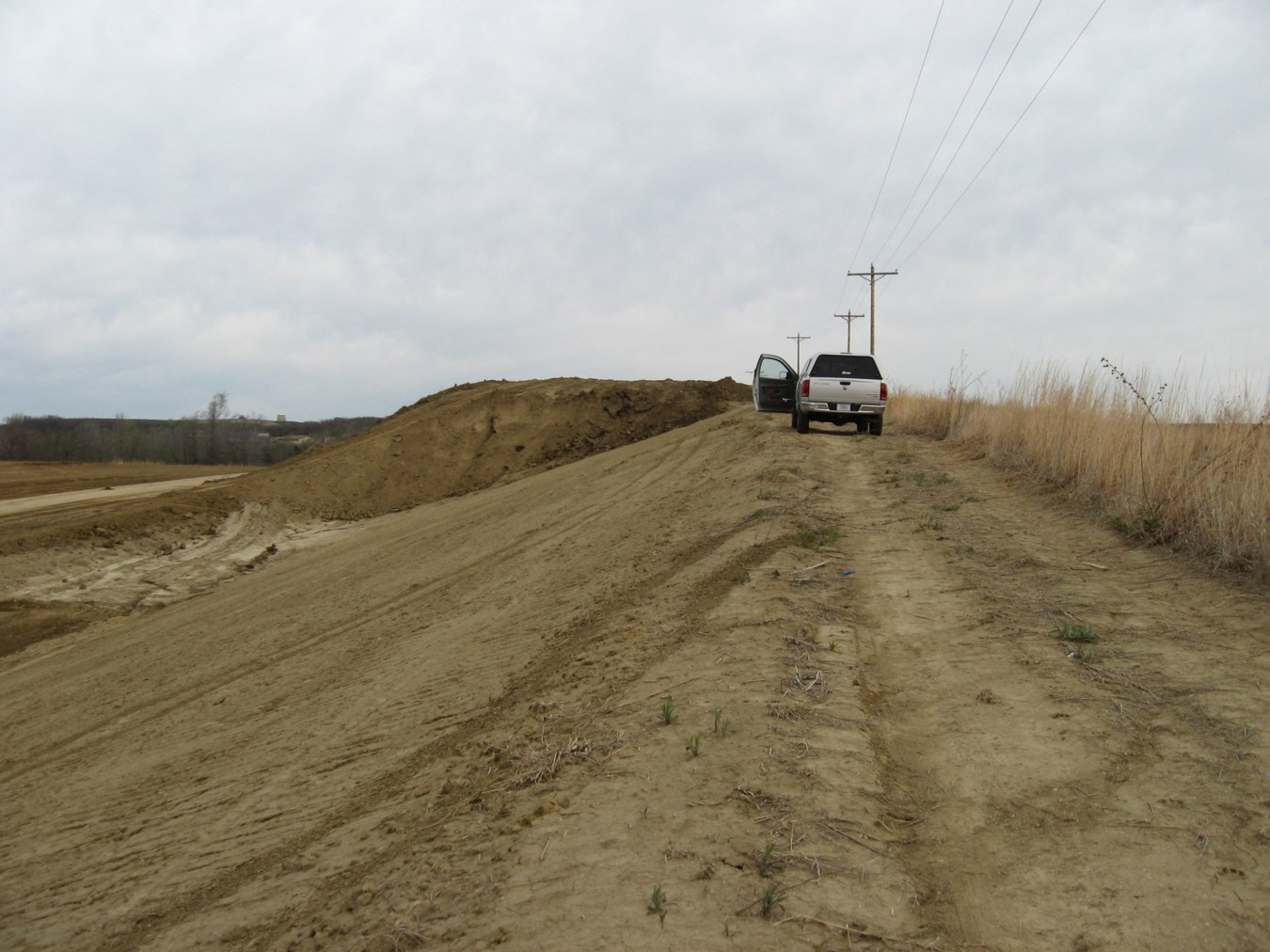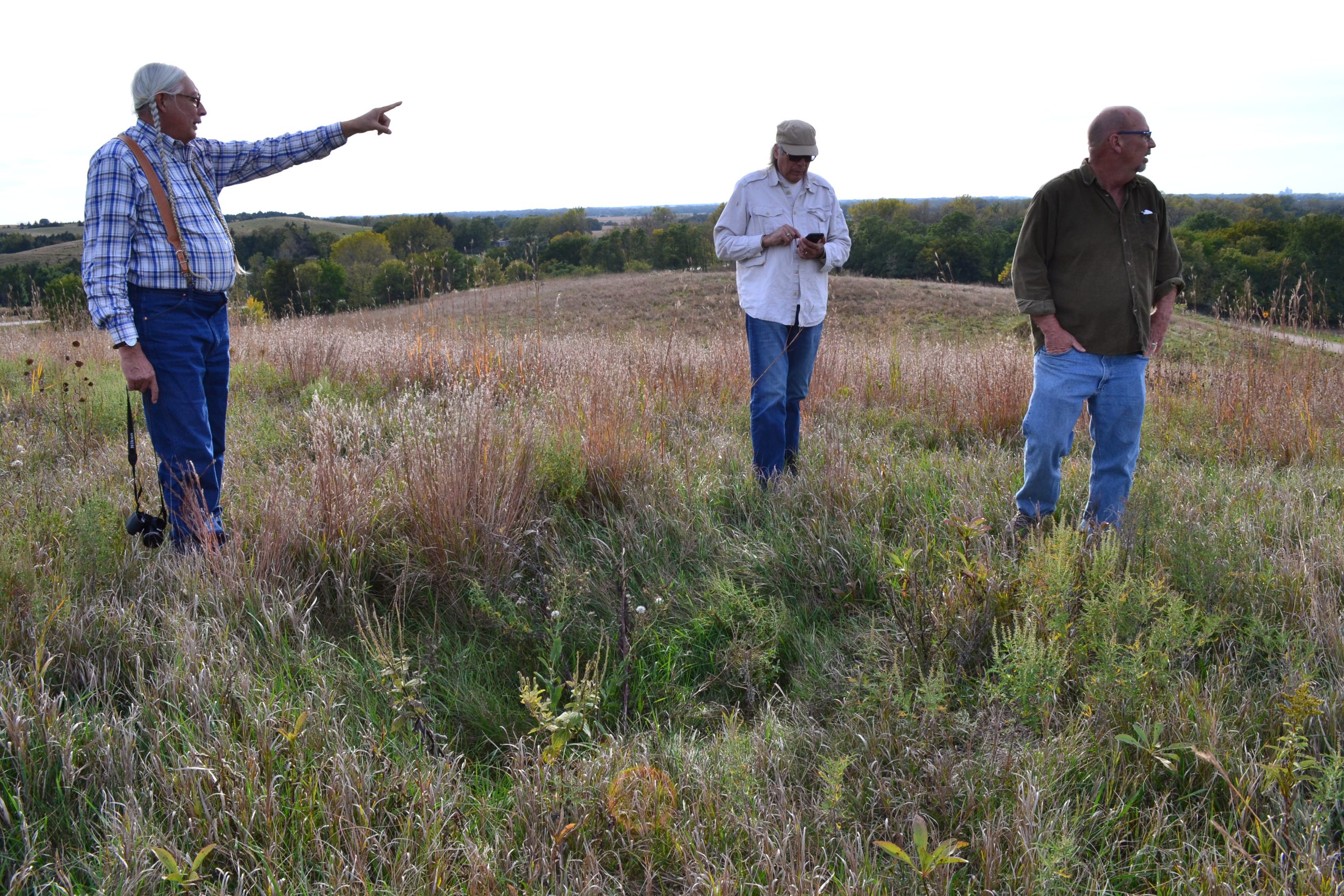Read about what the NAGPRA Law means for Native Americans and how History Nebraska works with tribes across the state.
In the late 1980s, after learning that the Nebraska State Historical Society (now History Nebraska) held the skeletal remains of nearly 1500 ancestors, Native American tribes successfully pushed for the passage of the Nebraska Unmarked Human Burial Sites and Skeletal Remains Protection Act. It was a tough battle with emotions running high on both sides. The controversy centered on the relative value of science and museums versus human rights and religious freedom. The debate was also brewing in other states and eventually the Native American community took the fight to the national level. In 1990, Congress passed the Native American Graves Protection and Repatriation Act or NAGPRA (Echo-Hawk and Echo-Hawk 1994; McKeown 2013).
These type of laws required History Nebraska and hundreds of other institutions across the nation to complete detailed inventories of human skeletal remains, mortuary offerings, and sacred objects and then consult with descendant tribes regarding repatriation. Through this process, by 1999, nearly 700 sets of skeletal remains and associated mortuary offerings in History Nebraska’s possession had been returned to tribes. The majority of these remains went to the Pawnee Nation of Oklahoma and related tribes. Much of History Nebraska’s early archeological investigations focused attention on the Pawnee and their ancestors. Other tribally identified remains were returned to the Oto-Missouria, Ioway, and Kansa during this period. The Ponca and Cheyenne also received ancestral remains in recent years. Identifying which remains should go to what tribes is challenging and has involved close consideration of burial location, burial type, archival records, skeletal characteristics, associated artifacts, photographs, field records, and oral traditions.

Archeology and museum staff and Native American representatives during a 2017 consultation meeting in Lincoln regarding disposition of tribally unaffiliated remains.
By the early 2000s, History Nebraska still retained about 650 sets of Native American remains that could not be associated with a particular tribe. During the period 2017-2020, staff worked closely with the Nebraska Commission on Indian Affairs and the NAGPRA office staff in Washington DC and held several consultation meetings with many tribes. In the end, a solution was reached to jointly repatriate these ancestors to a consortium of 37 tribes including all groups that had any known history of living in what today is Nebraska. On behalf of the tribal consortium, the Iowa Tribe of Kansas and Nebraska and the Pawnee Nation of Oklahoma agreed to take responsibility for reburying the remains. That process concluded in the spring of 2021. This 30+ year program resulted in the repatriation of over 1400 Native American skeletons and nearly 50,000 funerary objects including ceramic vessels, stone tools, weapons, animal skeletons, and ornaments.
Inevitably, each year, disinterred human remains are discovered through natural processes of erosion or during construction. History Nebraska is the key agency assigned by law to determine who the remains belong to and return them through the NAGPRA process. If remains are non-Native American, they will be returned to the descendant family if the individual can be determined. More often though, identity is not possible and then the remains are reburied in a cemetery in the county they were discovered in.

Members of the Cheyenne-Arapahoe tribe from the Lame Deer, Montana area during a prayer ceremony upon return of ancestors discovered in the Fort Robinson, Nebraska area.

A small mid-19th century Omaha Tribe cemetery (to the left of the vehicle) discovered during highway widening. The remains were moved to a nearby location away from the construction zone.

Pawnee Nation members Walter Echo-Hawk and Lance Echo-Hawk and State Archeologist Rob Bozell visiting an early 19th century Pawnee cemetery in central Nebraska.
History Nebraska’s repatriation program has had an unanticipated and very positive impact on archeological investigation. Before the 1980s, the relationship between archeologists and Native people was not poor; it was non-existent. Through skeletal remains consultation programs, lasting professional relationships have formed between archeologists, museum professionals and tribal representatives that extend far beyond returning ancestors (Killion 2010). Blending archeological research with Native oral traditions has led to vital understanding of the past from a broader and richer perspective. We have found that all sides of what began as controversy and lawsuits now have common ground in striving for a deeper and more meaningful view of the deep past.
REFERENCES
Echo-Hawk, R.C. and W.R. Echo-Hawk
1994 Battlefields and Burial Grounds: the Indian Struggle to Protect Ancestral Graves in the United States. Lerner Publications, Minneapolis.
Killion, T.W. (editor)
2010 Opening Archaeology: Repatriation’s Impact on Contemporary Research and Practice. School for Advanced Research, Santa Fe.
McKeown, C.T.
2013 In the Smaller Scope of Conscience: the Struggle for National Repatriation Legislation, 1986-1990. University of Arizona Press, Tucson.



